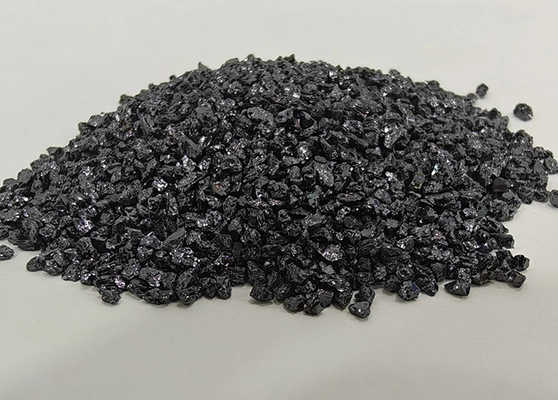Quick Answer: Pure alumina (Al₂O₃) is white to colorless. Industrial grades include White Fused Alumina (WFA), bright white and high-purity, and Brown Fused Alumina (BFA), brown due to iron/titanium impurities. With trace dopants, alumina becomes pink (Cr-doped), red (ruby), or blue (sapphire). Thus, alumina can range from white to vivid gemstone colors, depending on purity and additives.
Understanding Alumina
Alumina (Al₂O₃), also known as corundum in mineral form, is a fundamental ceramic material. It exists in several crystalline phases, with α-Al₂O₃ being the most stable. Its color depends on purity, crystalline structure, and dopants/impurities.
Properties & Parameters by Phase
| Form / Phase | Color | Typical Purity | Notes / Uses |
|---|---|---|---|
| White Fused Alumina (WFA) | White | ≥99% | Abrasives, refractories, blasting media |
| Brown Fused Alumina (BFA) | Brown | 94–97% | Grinding wheels, heavy-duty abrasives |
| Pink Fused Alumina | Pink | 98% + Cr₂O₃ | Precision grinding of steels/tools |
| Ruby Alumina | Red | 99% + Cr₂O₃ (high) | Jewelry gemstones (ruby) |
| Sapphire (single-crystal) | Blue / colorless | 99.99% | Optics, substrates, watch crystals |
| γ-, δ-, θ-Alumina | White powders | High surface area | Catalyst supports, adsorbents |
Manufacturing Routes & Forms
- Bayer process → calcined alumina powders (white)
- Electric arc fusion → WFA (white), BFA (brown)
- Doping with Cr₂O₃ → pink / ruby alumina
- Crystal growth (Czochralski, Verneuil) → sapphire gemstones
Applications by Color
- White alumina – polishing, blasting, advanced ceramics.
- Brown alumina – cost-effective abrasives, refractory aggregates.
- Pink alumina – toolroom grinding, hardened steels.
- Ruby alumina – gemstones, lasers.
- Sapphire alumina – optics, substrates, armor windows.
Selection Checklist
- Define target application (abrasive, refractory, optical).
- Choose purity & phase (α vs transitional aluminas).
- Color can indicate impurities or dopants (brown = Fe/Ti, pink = Cr).
- Specify particle/grit size (FEPA/JIS standards).
- Ask for COA (purity, PSD, density, magnetic ppm).
Comparisons & Procurement Points
| Type | Pros | Cons | Uses |
|---|---|---|---|
| White Fused Alumina | High purity, sharp | Higher cost | Precision abrasives, refractories |
| Brown Fused Alumina | Economical, tough | Lower purity | Grinding wheels, blasting |
| Pink Alumina | Hard + tough balance | Specialized only | Tool grinding |
Tip: Always align color with intended performance, not just appearance—request test data.
FAQs
Is alumina always white?
No, pure alumina is white, but impurities or dopants produce brown, pink, red, or blue forms.
Why is Brown Fused Alumina brown?
Because of iron and titanium oxide impurities introduced during fusion.
Is sapphire a form of alumina?
Yes, sapphire is single-crystal α-Al₂O₃ with trace elements (e.g., Fe, Ti) giving blue color.
References
- ASM Handbook: Ceramics and Glasses, Al₂O₃ data.
- FEPA/JIS abrasive standards.
- Materials science texts on doped corundum and gemstone coloration.
